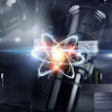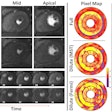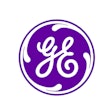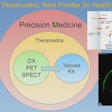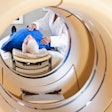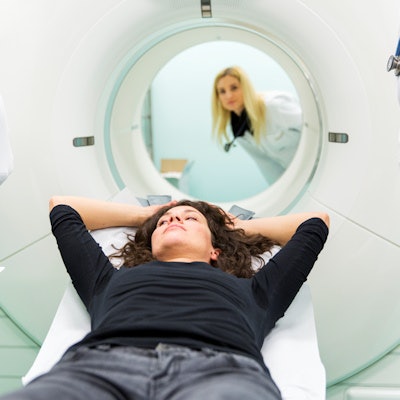
To combat poor image results from patient motion in cardiac PET scans, researchers from the U.S. and U.K. have developed an automated retrospective image reconstruction method that greatly reduces the unwanted effects, according to a study published online November 15 in the Journal of Nuclear Medicine.
The so-called gross patient motion correction approach significantly increased maximum standardized uptake value (SUVmax) and tumor-to-background ratio (TBR) by as much as 30% and 40%, respectively, among patients undergoing thoracic sodium fluoride (NaF) PET scans. What's more, several lesions initially classified as being negative for NaF uptake were upgraded to NaF-avid after the technique was applied.
"We demonstrate a simple but effective automated data-driven patient motion compensation technique, which utilizes exclusively list-mode data, does not require any additional hardware during image acquisition, and can be applied retrospectively to data obtained with standard [PET] protocols," wrote lead author Martin Lyngby Lassen, PhD, from Cedars-Sinai Medical Center, Los Angeles, and colleagues from the University of Edinburgh in Scotland.
Patient movement can cause artifacts and blurred images, especially in cardiac studies. Thoracic PET imaging to evaluate calcification and coronary plaque is particularly susceptible to gross patient motion and cardiorespiratory motion. Both can reduce TBR and SUVmax, making it harder to detect abnormalities.
To correct for this issue, the researchers developed an image reconstruction and 3D coregistration process. First, they delineate the lesions and determine the reference PET images. Next, individual gross patient motion frames with focal coronary NaF uptake are coregistered in 3D to create motion-modified PET images.
Lassen and colleagues then tested the algorithm in 28 individuals (mean age, 68.5 ± 8.7 years) with confirmed multivessel coronary artery disease who underwent NaF-PET/CT (Biograph mCT, Siemens Healthineers) scans of their coronary arteries. The patients received 248 ± 10 MBq of NaF approximately one hour before 30-minute PET image acquisition and low-dose CT for attenuation correction.
The researchers then reviewed two different patient motion patterns: sudden repositioning, which is movement likely due to patient discomfort and defined in this study as motion of more than 0.5 mm within three seconds; and general repositioning, which is the result of normal muscle relaxation and includes motion of more than 0.3 mm over at least 15 seconds.
NaF-PET scans detected 35 lesions in 28 patient scans with no image modification. There were 110 patient repositionings during the scans, for an average of 3.9 movements per patient.
With the motion correction technique, SUVmax increased by 4.7% (p = 0.0001) and TBR increased by 8.4% (p < 0.0001) for NaF-avid lesions.
| Effect of PET motion correction on cardiac NaF-PET scans | |||
| No motion correction | After motion correction | Change | |
| SUVmax | 1.8 | 1.9 | 4.7% |
| Tumor-to-background ratio | 1.8 | 2.0 | 8.4% |
Gross patient motion correction also upgraded the diagnoses of three patients (11%) to NaF-avid lesions, from initial diagnoses of nonavid lesions.
Lassen and colleagues suggested their technique could be adapted to other PET imaging applications, given that the process begins with standard PET protocols and the same distribution of counts as in nonattenuation-corrected PET images.















